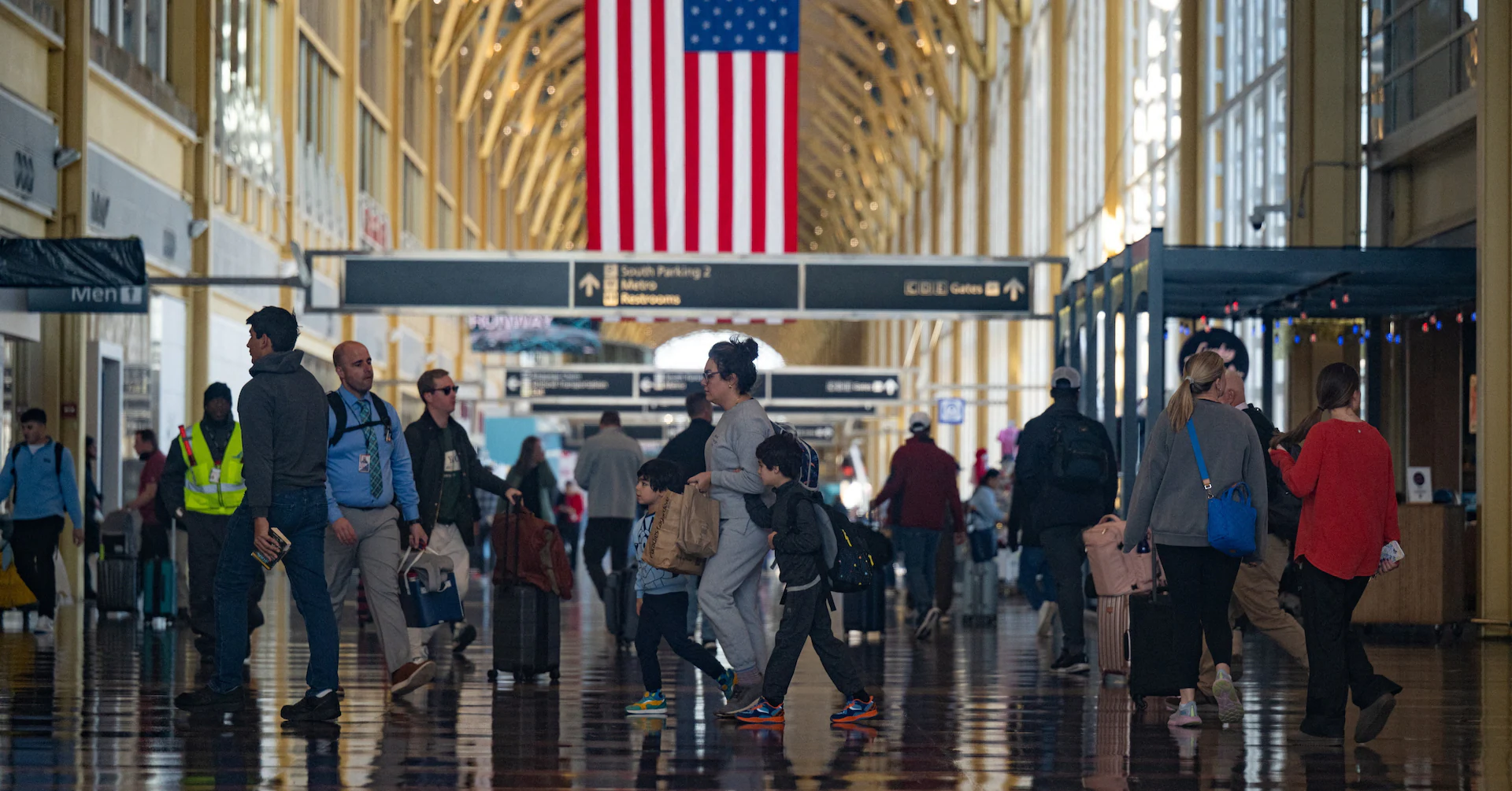Copyright Reuters

CHICAGO, Nov 11 (Reuters) - The longest federal government shutdown disrupted tens of thousands of flights in recent days, and with it, U.S. carriers' optimistic expectations for the holiday quarter. Now, they are wrangling with how to minimize the ripple effects on travelers and their bottom line as the government looks set to reopen by the end of the week. Carriers expected steady demand this quarter after corporate and leisure bookings suffered in the first half of 2025 due to economic concerns and trade tensions. But growth in bookings for the upcoming Thanksgiving holiday has halved to about 1% since the end of October, according to aviation analytics firm Cirium, reflecting trepidation among travelers as the shutdown lingered. Sign up here. The U.S. Senate approved a bill on Monday to restore funding for federal agencies, raising the prospect that the shutdown could end this week, with the Republican-controlled House of Representatives set to consider the measure in coming days. Industry officials caution that operational disruptions are likely to persist even after the government reopens. Air travel was relatively unaffected during the first few weeks of the shutdown, with a little over 4,000 cancellations recorded from October 1 to November 5, according to data from flight-tracking website FlightAware. However, that figure surged to over 8,000 flights canceled in the last four days alone, and the Federal Aviation Administration has mandated progressive flight cuts at 40 major airports. Widespread, unpredictable flight disruptions mean pilots and flight attendants are reaching their federally mandated duty-time limits before completing their routes. This, combined with aircraft and crew members being stranded at the wrong airports, is forcing airlines to rapidly find replacements to avoid further delays. Carriers are also utilizing reserve crews — personnel kept on standby for unforeseen circumstances. The depletion of this reserve pool could result in significant disruptions during the Thanksgiving holiday, one of the busiest times of the year for airlines, officials said. The long Thanksgiving weekend begins on November 27. EFFECTS ON INDUSTRY The recent softness follows a broader decline for U.S. travel. Air tickets sold through U.S. travel agencies for travel through the end of November fell 10% year-on-year last month, according to Airlines Reporting Corp. Last month, American estimated a revenue loss of less than $1 million per day from the shutdown, similar to rival Delta. Since then, however, disruptions have mounted. While the flight cuts have occurred during a low-travel period, Daniel McKenzie, analyst at Seaport Research Partners, estimates the 10% FAA-mandated reductions would cost the industry roughly $10 million daily. If cuts remain in place until Thanksgiving, costs could mount to $45 million a day, not including revenue lost from postponed travel and last-minute bookings that are expected to evaporate. While the FAA plans to resume normal operations once funding returns and system overload is no longer a concern, that timeline remains unclear. Reporting by Rajesh Kumar Singh in Chicago; Additional reporting by Doyinsola Oladipo in New York; Editing by David Gaffen and Matthew Lewis



